-

trans-1-(tert-Butoxycarbonyl)-4-(3-(trifluoromethyl)phenyl)pyrrolidine-3-carboxylicacid CAS:169248-97-9
Trans-1-(tert-butoxycarbonyl)-4-(3-(trifluoromethyl)phenyl)pyrrolidine-3-carboxylic acid is a complex molecule featuring a pyrrolidine ring substituted with a tert-butoxycarbonyl group at the 1 position and a 3-(trifluoromethyl)phenyl group at the 4 position. This compound holds significance in medicinal chemistry, primarily due to its potential as a pharmacophore in drug design. Its intricate structure presents opportunities for creating novel therapeutic agents with tailored pharmacological properties, particularly targeting pathways implicated in inflammatory diseases, cancer, or central nervous system disorders.
-
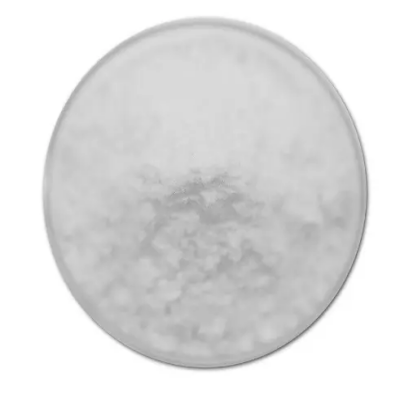
(3R,4S)-1-tert-Butyl 3-ethyl 4-aminopyrrolidine-1,3-dicarboxylate hydrochloride CAS:1262849-90-0
(3R,4S)-1-tert-Butyl 3-ethyl 4-aminopyrrolidine-1,3-dicarboxylate hydrochloride is a chemical compound characterized by a pyrrolidine ring substituted with an ethyl group at the 3-position and a tert-butyl group at the 1-position. This compound has attracted attention in medicinal chemistry due to its stereochemical configuration and potential pharmacological applications. Its unique arrangement provides avenues for designing novel drug candidates with specific biological targets, making it a valuable asset in drug discovery and development endeavors.
-
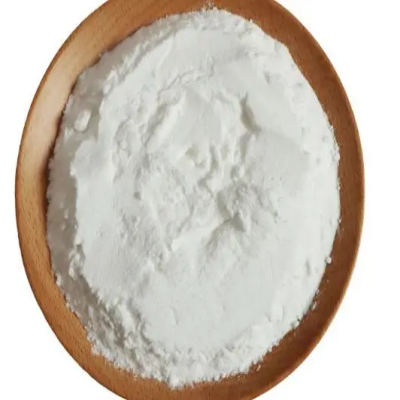
Cis-1-tert-butyl 3-ethyl 4-aminopyrrolidine-1,3-dicarboxylate hydrochloride CAS:1233501-65-9
Cis-1-tert-butyl 3-ethyl 4-aminopyrrolidine-1,3-dicarboxylate hydrochloride is a chemical compound distinguished by a pyrrolidine ring substituted with an ethyl group at the 3-position and a tert-butyl group at the 1-position. This compound has garnered attention in medicinal chemistry due to its structural complexity and potential pharmacological applications. Its unique configuration presents opportunities for designing novel drug candidates with specific biological targets, making it a valuable asset in drug discovery and development endeavors.
-
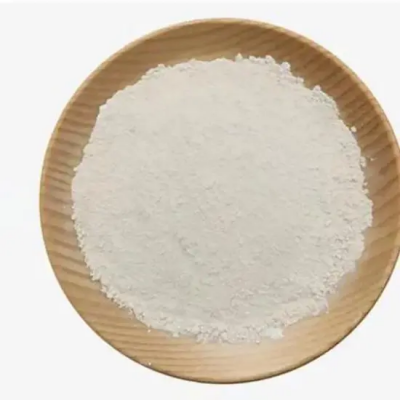
4-Hydroxyphenylboronic acid pinacol ester CAS:269409-70-3
4-Hydroxyphenylboronic acid pinacol ester, also known as 4-HPBA pinacol ester, is a chemical compound falling under the category of boronic esters. Its molecular structure comprises a boronic acid moiety attached to a phenyl ring substituted with a pinacol ester group (-OC(CH₃)₂C(CH₃)₂O-). This compound holds significant importance in organic synthesis, particularly in Suzuki-Miyaura cross-coupling reactions, where it serves as a versatile boronic ester reagent. Additionally, its stability, ease of handling, and compatibility with various reaction conditions make it valuable in the synthesis of pharmaceutical intermediates, natural products, and functional materials.
-
![Benzyl N-[2-(piperidin-4-yl)propan-2-yl]carbamate hydrochloride CAS:1057260-89-5](https://cdn.globalso.com/xindaobiotech/HSUS81DS80Y35NTEZTU259.png)
Benzyl N-[2-(piperidin-4-yl)propan-2-yl]carbamate hydrochloride CAS:1057260-89-5
Benzyl N-[2-(piperidin-4-yl)propan-2-yl]carbamate hydrochloride is a chemical compound consisting of a carbamate functional group attached to a piperidine ring substituted with a benzyl group at the nitrogen atom and a propyl group at the carbon atom. This compound has sparked interest in medicinal chemistry due to its structural complexity and potential pharmacological applications. Its unique arrangement offers opportunities for designing novel drug candidates with specific biological targets, making it a valuable asset in drug discovery and development endeavors.
-
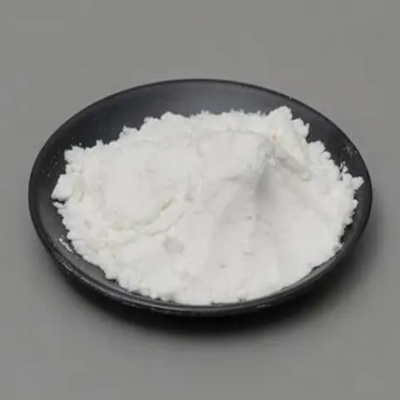
9,9-Dimethyl-9H-fluoren-2-yl-boronic acid CAS:333432-28-3
9,9-Dimethyl-9H-fluoren-2-yl-boronic acid, often referred to as DMFBA, is a chemical compound belonging to the class of boronic acids. Its molecular structure features a boronic acid moiety attached to a fluorene scaffold substituted with two methyl groups at the 9-position. This compound holds significant importance in organic synthesis, especially in Suzuki-Miyaura cross-coupling reactions, where it acts as a versatile boronic acid reagent. Additionally, its rigid and sterically hindered structure makes it valuable in ligand design for transition metal-catalyzed reactions and in the development of functional materials.
-
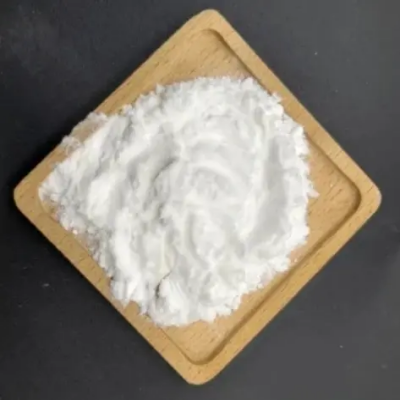
4-Carboxyphenylboronic acid CAS:14047-29-1
4-Carboxyphenylboronic acid, also known as 4-Carboxyphenylboronic acid or 4-CPBA, is a chemical compound belonging to the class of boronic acids. It is characterized by its boronic acid functional group (-B(OH)₂) attached to a phenyl ring substituted with a carboxylic acid (-COOH) group at the para position. This compound finds extensive applications in organic synthesis, particularly in Suzuki-Miyaura cross-coupling reactions to form carbon-carbon bonds. Additionally, its ability to bind to diols and sugars has led to its use in the development of sensors for glucose monitoring and in medicinal chemistry for designing enzyme inhibitors and receptor ligands.
-
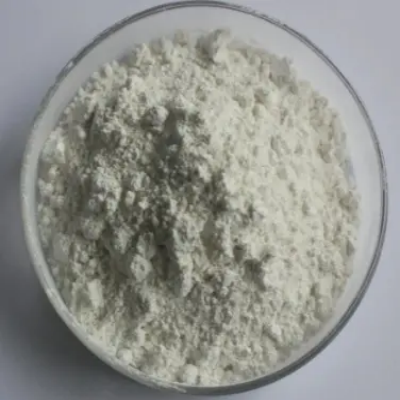
3-Tolylboronic acid CAS:17933-03-8
3-Tolylboronic acid is a boronic acid compound characterized by a boronic acid group attached to a phenyl ring substituted with a methyl group at the 3-position. This compound holds significance in organic synthesis, particularly in Suzuki-Miyaura cross-coupling reactions, where it serves as a versatile boronic acid reagent. Additionally, its structural features make it valuable in medicinal chemistry, materials science, and the synthesis of specialized organic compounds.
-
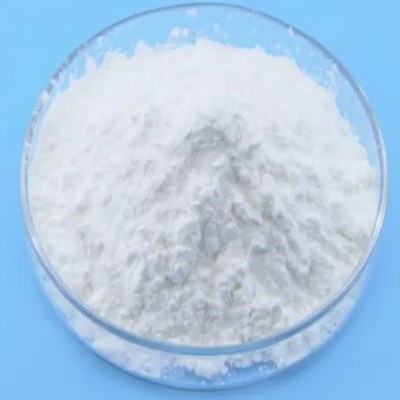
3,4,5-Trifluorophenylboronic acid CAS:143418-49-9
3,4,5-Trifluorophenylboronic acid is a boronic acid compound characterized by a boronic acid group attached to a phenyl ring substituted with three fluorine atoms at the 3, 4, and 5 positions. This compound is significant in organic synthesis, particularly in Suzuki-Miyaura cross-coupling reactions, where it acts as a versatile boronic acid reagent. Its unique structural features make it valuable in medicinal chemistry, materials science, and the synthesis of specialized organic compounds.
-
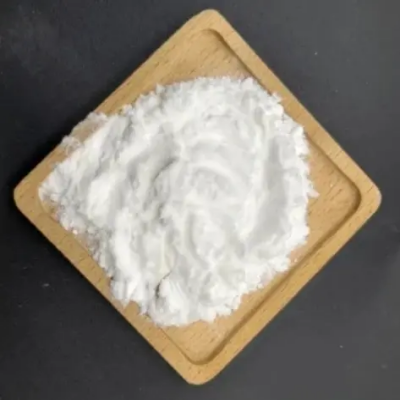
4-(Hydroxymethyl)phenylboronic acid CAS:59016-93-2
4-(Hydroxymethyl)phenylboronic acid, also known as 4-(Hydroxymethyl)phenylboronic acid or 4-HMPBA, is a chemical compound categorized under boronic acids. Its structure consists of a boronic acid functional group (-B(OH)₂) attached to a phenyl ring substituted with a hydroxymethyl (-CH₂OH) group at the para position. This compound holds significance in various fields, particularly in organic synthesis and medicinal chemistry. Its ability to participate in diverse reactions and form stable boronate complexes makes it valuable for applications such as Suzuki-Miyaura cross-coupling, sensing of diols and sugars, and development of pharmaceuticals and functional materials.
-
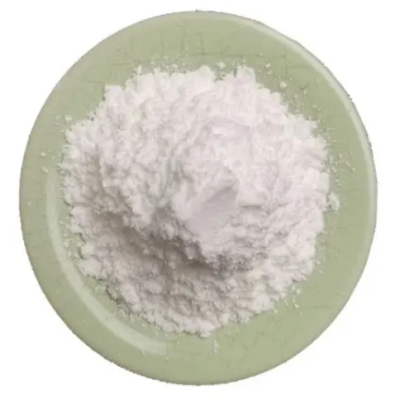
3-(4,4,5,5-TETRAMETHYL-1,3,2-DIOXABOROLAN-2-YL)PHENOL CAS:214360-76-6
3-(4,4,5,5-Tetramethyl-1,3,2-dioxaborolan-2-yl)phenol, commonly referred to as TMDP, is a chemical compound categorized under phenolic boronic esters. Its molecular structure comprises a phenolic hydroxyl group attached to a phenyl ring bearing a boron-containing cyclic ester moiety with four methyl groups. This compound holds significant importance in organic synthesis, especially in Suzuki-Miyaura cross-coupling reactions, where it serves as a crucial boronic ester reagent. Additionally, its stable cyclic boronate structure and steric hindrance make it valuable in ligand design for transition metal-catalyzed reactions and in the development of functional materials.
-
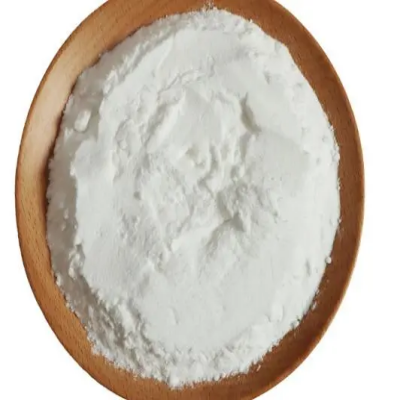
2,6-Dibromopyridine CAS:626-05-1
2,6-Dibromopyridine is a halogenated pyridine derivative featuring bromine atoms attached to the pyridine ring at the 2 and 6 positions. This compound holds significant importance in organic synthesis, serving as a versatile building block for various coupling reactions, notably Suzuki-Miyaura and Stille couplings. The presence of bromine atoms enhances its reactivity, making it valuable for constructing complex organic molecules. 2,6-Dibromopyridine finds applications in the synthesis of pharmaceuticals, agrochemicals, and advanced materials, where precise modifications of molecular structures are required to achieve desired properties.

